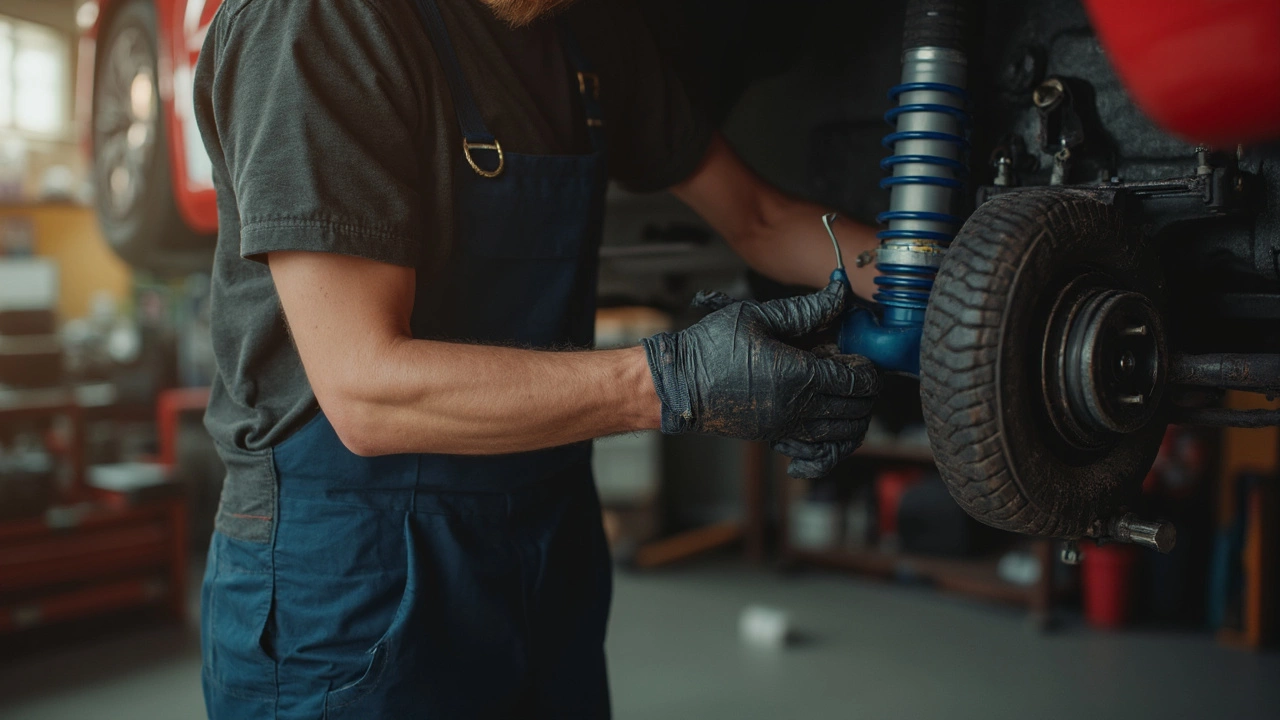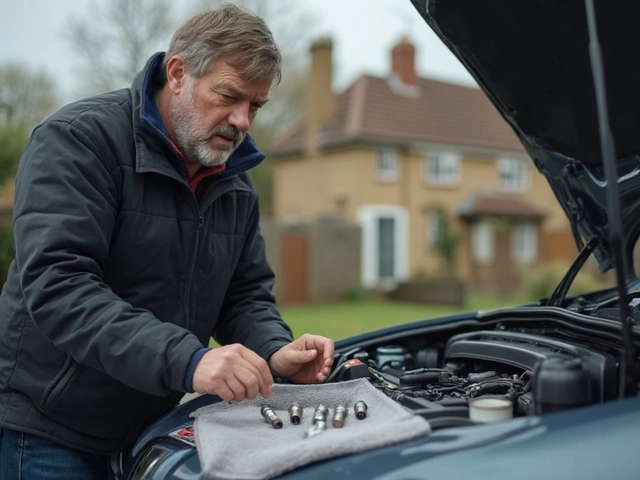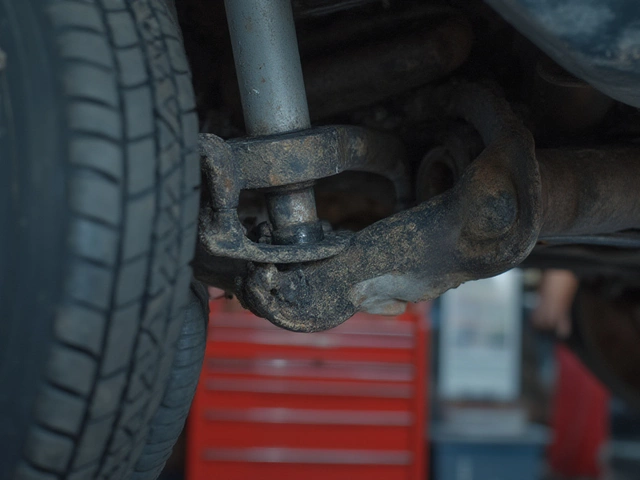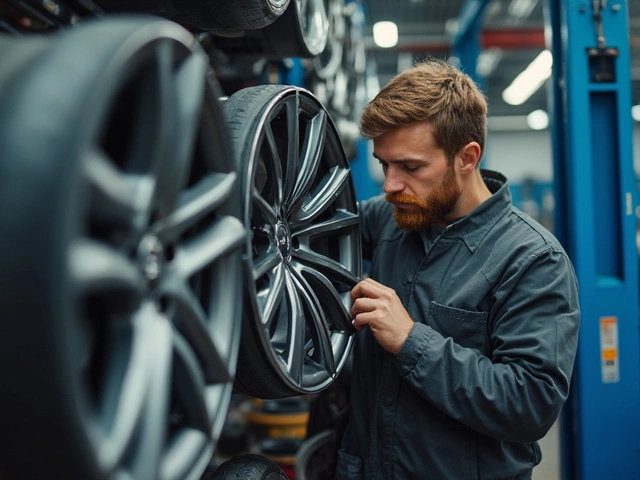Vehicle Suspension – Spot Issues Early and Keep Your Car Steady
If your car feels shaky, leans to one side, or makes clunking noises, the suspension is probably to blame. A healthy suspension keeps your wheels glued to the road, supports the weight of the vehicle, and absorbs bumps. Ignoring early signs can lead to costly repairs and unsafe driving, so it’s worth learning the basics right away.
How to Spot Suspension Problems
First, pay attention to the ride. A soft, “bouncy” feeling often means worn shock absorbers or struts. If you notice a steady pull to the left or right while steering straight, the alignment or a broken control arm could be the culprit. Listen for rattles when you go over potholes – that’s usually a sign of loose bushings or worn ball joints.
Another easy check is the visual inspection. Pop the hood and look at the springs. Any cracks, broken coils, or sagging springs signal trouble. Also, inspect the shock absorbers for oil leaks – a dirty, oily residue around the body means the seal is failing.
Don’t forget the tire wear patterns. Uneven wear, especially on the inner or outer edges, often points to a misaligned suspension or worn tie rods. A simple tire‑tread check can give you clues before the problem gets worse.
Fixing and Maintaining Your Suspension
When you find a problem, fixing it promptly saves you time and money. Replacing worn shocks or struts usually costs less than a full suspension overhaul and restores comfort fast. For bent suspension components, like a warped control arm, it’s best to let a professional straighten or replace the part. Driving with a bent suspension can damage other parts, cause uneven tire wear, and even affect your braking distance.
Regular maintenance helps avoid surprises. Have the suspension inspected during every service, especially after hitting a big pothole or curb. A quick test – push down on each corner of the car; it should bounce back smoothly. If it rebounds excessively or doesn’t return at all, it’s time for a check‑up.
Keeping the suspension clean also helps. Wash away road salt and grime that can rust bolts and joints. Apply a light lubricant to moving parts like ball joints and tie rods once a year to keep them moving freely.
Finally, consider the load you carry. Overloading the vehicle puts extra stress on springs and shocks, speeding up wear. Stick to the manufacturer’s weight limits and distribute cargo evenly.
By staying alert to how your car feels, doing a visual check, and scheduling routine maintenance, you can keep your suspension in top shape. That means a smoother ride, longer tire life, and safer handling – all without breaking the bank.
 11 April 2025
11 April 2025
What to Do After Replacing Suspension: Keep Your Ride Smooth
After the thrill of replacing your car's suspension, the real work begins: ensuring everything is running like a dream. This article gives you practical guidance on what steps to take following a suspension swap, from initial checks to ongoing maintenance. We'll dive into how to spot issues early, keep everything aligned, and what changes to expect in your vehicle's performance. These tips will help prolong the life of your suspension and keep your ride smooth and comfortable.






0